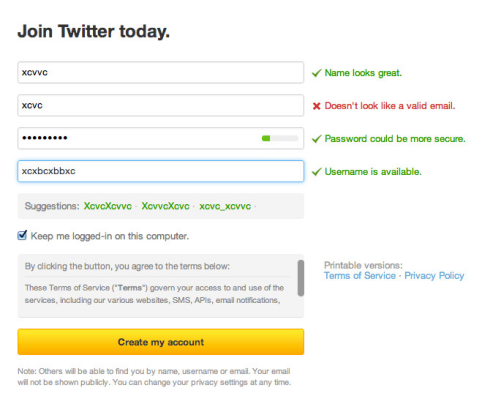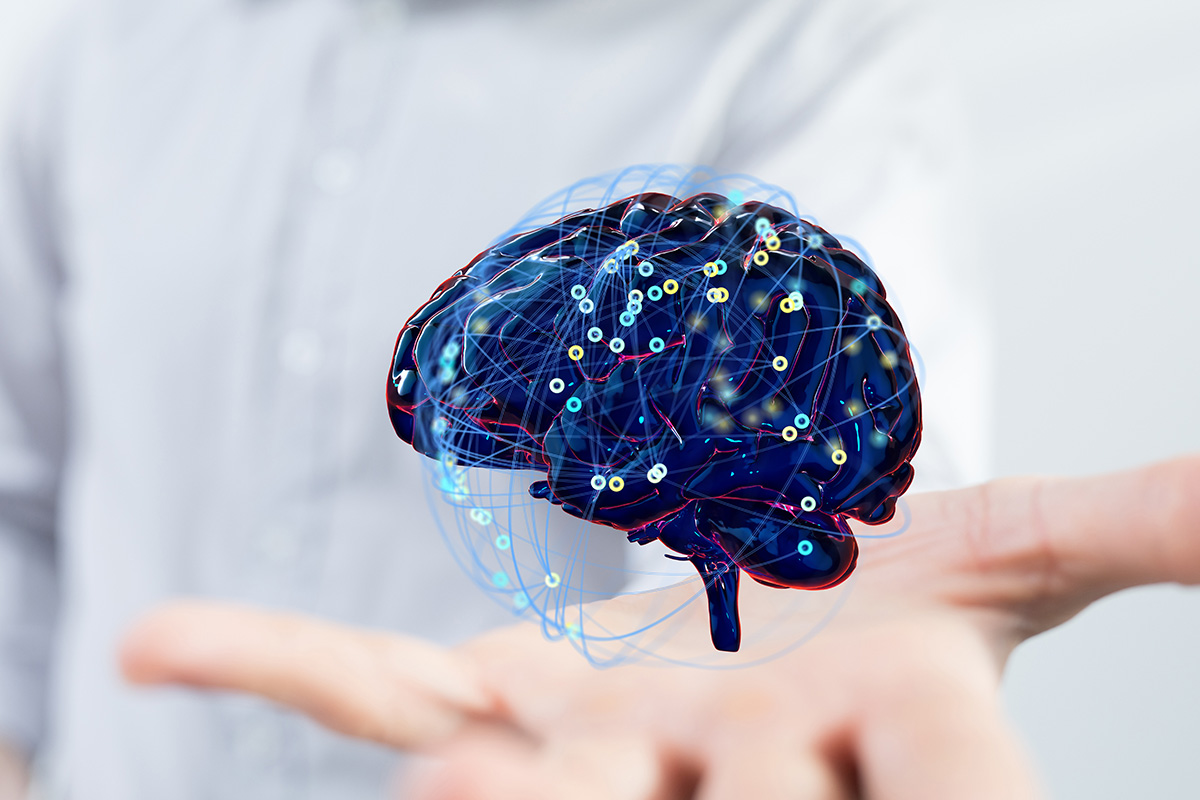Extensive research has proven how our brain's neurotransmitters react and how are triggered by events, interactions and the user experience of application software. Positive user experiences are shown to impact positively our brain and as result, we experience happiness, motivation, excitement, concentration, satisfaction, relaxation, calmness, and security, we feel in control, confidence, self-esteem and well-being in many ways.
Design brain states with positive user experiences
We are going to do a high-level study of four main chemicals that control our emotions promoting happiness and satisfaction, and how we use them in GUI general user interface to enhance the user/customer/employee experience and also generate business/user value and benefits.
The four major chemicals in the brain that influence our happiness are:
- Dopamine
- Oxytocin
- Serotonin
- Endorphins
We know they are interconnected and each one has a specific role in controlling our emotions. They are triggered in many ways.
The Future of UX Research: Uncovering the True Emotions of Users/Customers/Employees
Understanding the feelings of users has always been the dream of user experience researchers. Are they enjoying themselves? Are they frustrated? Are they genuinely interested and engaged? Understanding how users truly feel in reaction to an experience can help us to optimise specific aspects of the experience to exude certain expressive states. We are entering a new age of insight that probes the core of users’ experience: studying their emotions.
Best research methods to test and validate human neuro-behaviours to know our emotions and brain states are:
- ET - Eye Tracking
- EEG - Electroencephalogram
- GSR - Galvanic Skin Response
- FA - Facial Analysis
- LBA - Laboratory Bio Analysis
Let’s analyse the four cases and see how can we use them in application software GUI.
1. Dopamine
Is a neurotransmitter that helps control the brain's reward and pleasure centres. It also helps regulate movement and emotional responses, and it enables us not only to see rewards but to take action to move toward them. Plays a major role in reward-motivated behaviour. Just consider video games, smartphones, tablets, and websites, all of these contain small motivational reward systems – it’s all around us.
Triggers, how to activate:
- Gamification and incremental goals
- Reward-motivated behaviour and rewarding experiences
- Results-driven focus, learning, exploring, habits
Human reactions and emotions:
- The brain's reward and pleasure centres get stimulated, happiness, feeling good…
One of many UX/UI examples of use:
- Gamification with Validation Rewards and Messaging “tick symbol or check mark and small message confirmation” in a user micro-interaction like in form data elements and data fields
User value and benefits:
- Employee/Customer benefits from motivation, productivity, usability, accessibility, performance, self-esteem, comfort and more to be studied
Business values and benefits:
- The business benefits in having employees and customers motivated, business productivity, loyalty, retention, business performance, ROI, return
Twitter form sample:

2. Oxytocin
Is a powerful hormone and acts as a neurotransmitter in the brain. When we are closer to people, hug or kiss a loved one, feel trust, and secure oxytocin levels increase. In fact, the hormone plays a huge role in pair bonding. This hormone is also greatly stimulated during sex, birth, and breastfeeding.
Triggers, how to activate:
- Closeness to people, love, people care
- Empathy
- Humanised
- Trust
Human reactions and emotions:
- Oxytocin is released into the bloodstream as a hormone, pleasure centres get stimulated, happiness, feeling mindful…
One of many UX/UI examples of use:
- User photo in applications “human persona”. The visual element that helps increases the levels of oxytocin in the bloodstream creating a comfortable sense of trustful feeling, and happiness… when displayed
User value and benefits:
- Employees/Customer benefits from feeling calm, a sense of trust, happiness, comfort and social bonds with other people…
Business values and benefits:
- The business benefits in having employees and customers calm, happy, concentrated, and motivated, business productivity, loyalty, retention, business performance, ROI and returns
Human picture sample:

3. Serotonin
A natural mood regulator, serotonin makes you feel emotionally stable, less anxious, more tranquil and even more focused and energetic. Serotonin can be made only after sweet or starchy carbohydrates are eaten. If you’re in a good mood, you’ve got serotonin to thank. And if you’re in a bad mood, you’ve got serotonin to blame.
Triggers, how to activate:
- Positive events, positive actions, accomplishments
- Gamification and incremental goals
- Reward-motivated behaviour and rewarding experiences
Human reactions and emotions:
- Hormones in the bloodstream help mood and bolster self-esteem, increase feelings of worthiness and create a sense of belonging
One of many UX/UI examples of use:
- Gamification with Validation Rewards and messaging “step trackers and small message confirmation” in the user journey with various steps of action to complete a task
User value and benefits:
- Employee/Customer benefits from motivation, productivity, usability, accessibility, and performance, which makes you feel emotionally stable, less anxious, more tranquil and even more focused and energetic
Business values and benefits:
- The business benefits in having employees and customers emotionally stable, less anxious, more tranquil and even more focused and energetic, business productivity, loyalty, retention, business performance, ROI and returns
Step tracker sample:
![]()
4. Endorphins
They’ve responsible for masking pain or discomfort, which explains their association with the “fight or flight” mechanic. When it comes to designing happiness, endorphins help you “power through.” Endorphins allow you to push farther and harder as you work towards distance goals. They are responsible for our feelings of excitement or satisfaction.
Triggers, how to activate:
- Gamification and incremental goals
- Reward-motivated behaviour and rewarding experiences
- Challenge self regularly
- Pursue things that reinforce a sense of purpose, meaning and accomplishment
Human reactions and emotions:
- Hormones in the bloodstream help mood and feeling of satisfaction, success, achievement or victory actually trigger the release of endorphins in the brain, which make the user feel better about ourselves
One UX/UI example of use:
- Gamification with Validation Rewards and messaging “a simple smile and small message confirmation” last step, after the successful completion of a task
User value and benefits:
- Employee/Customer benefits from happiness, motivation, productivity, usability, accessibility, and performance, makes you feel emotionally stable, less anxious, more tranquil and even more focused and energetic…
Business values and benefits
- The business benefits in having employees and customers emotionally stable, less anxious, more tranquil and even more focused and energetic, business productivity, loyalty, retention, business performance, ROI and returns
Smile sample:






